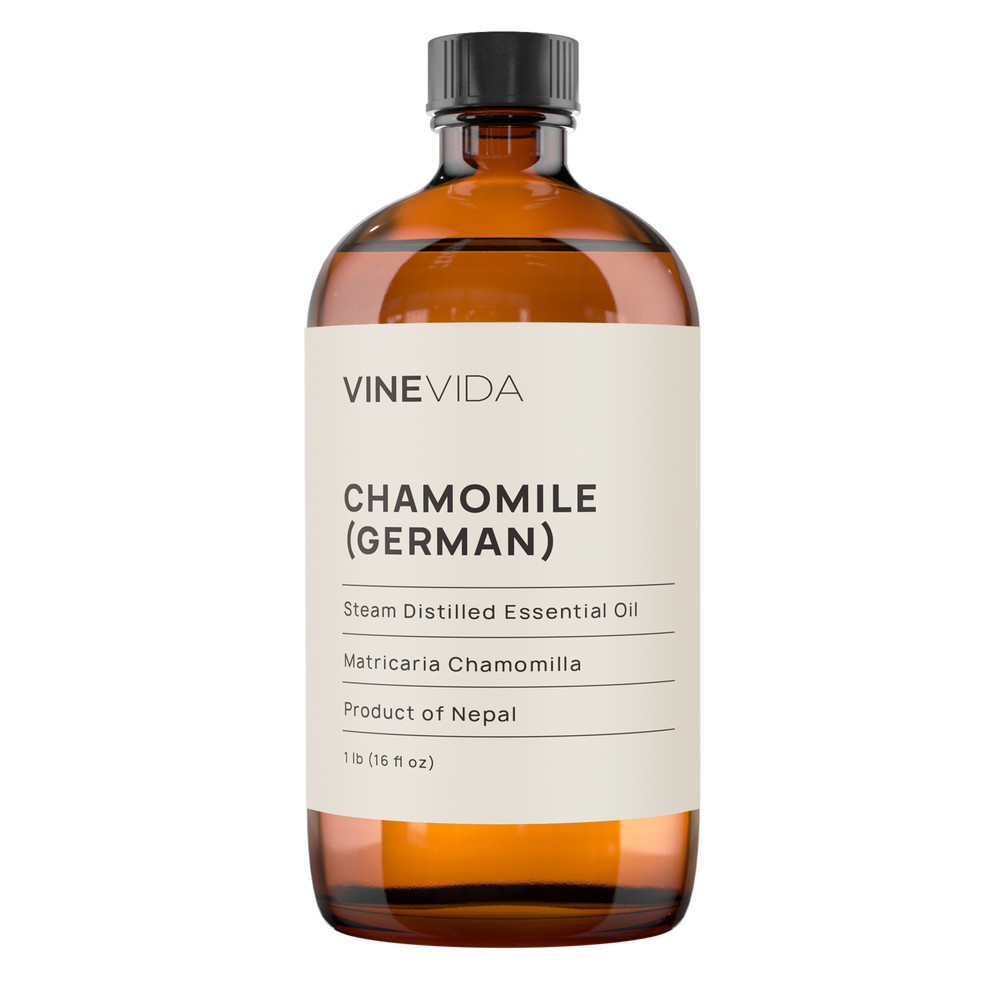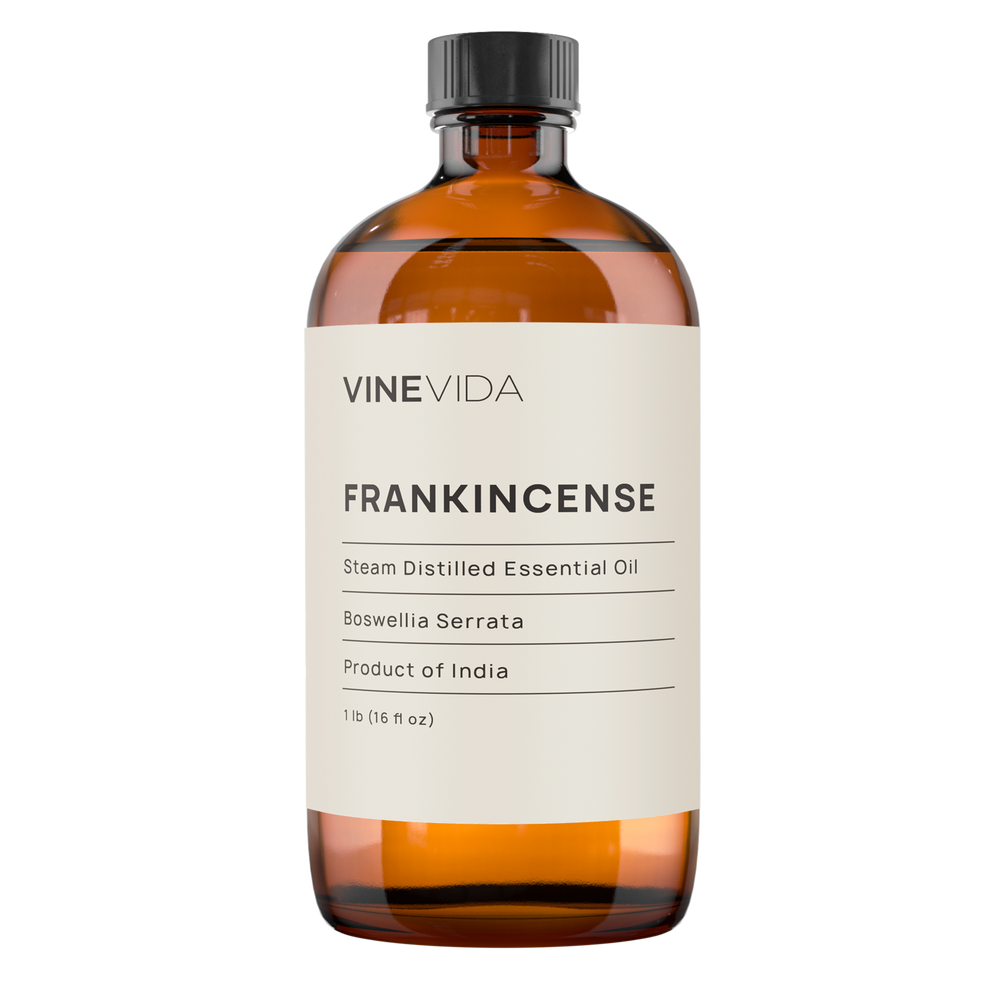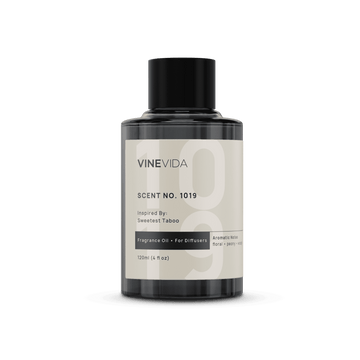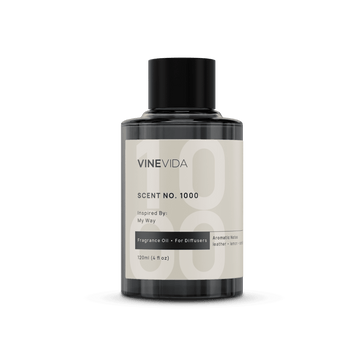Delve right into three simple and fun essential oil recipes for your children. Often we turn to essential oils when our children are unsettled, unwell, or have minor injuries like cuts and grazes. Why not explore using essential oils for fun with the kids? We hold your hand through all the safety aspects and teach you how to safely create your own essential oil blends.
Discover why we promote essential oils like Lavender, Sweet Orange, Mandarin, German Chamomile, and Frankincense. Study all their amazing and varied benefits and how you can utilize them most effectively with your precious angels.
Sweet Orange is the perfect essential oil for supporting kids' studies and bringing focus and concentration during tests. German Chamomile has been studied in how it can support bedwetting issues and reduce stress. Come and make Bath Bombs, Boo Boo Balm, and Bubbalicious Bubbles with the kids and me!
Safety First
Safety should be at the forefront of your mind when you use essential oils, be it with adults or children. Using essential oils with children requires caution to ensure the best and healthiest outcomes.
Children are incredibly sensitive when using any botanical extracts, especially essential oils. Therefore, it's important to use dilution whenever possible and only use the minimum amounts needed.
Before applying any essential oil to a child, always do a 24-hour patch test to watch for any adverse reactions.
Remember that different safety limits exist for infants versus adolescents; drawing upon our expert advice is necessary. We will guide you on how to work this out safely for yourself and your adorable angels.
Remember that essential oils like Eucalyptus and Peppermint are best avoided for younger children. Find out why in Is Eucalyptus Oil Safe For Babies?
However, it is also useful to check references to safety guidelines from scientific resources when considering which essential oils are appropriate for a particular age group.
Here is a helpful article from Liz on Essential Oil Safety and Children
The Benefits of Using Essential Oils With Children
Utilizing the natural therapeutic benefits of essential oils with children is becoming increasingly popular, as research continually demonstrates how helpful using these plant extracts can be for reducing stress, managing anxiety, and promoting a sense of calm for your child.
From children's physical to mental health, essential oils are being taken advantage of in many homes and are utilized in various ways. They may be diffused, applied topically on the skin in creams or lotions, or incorporated into baths using fun items like bath bombs, to name just a few.
In addition to providing tranquil and calming aromas, they have been linked to various outcomes, such as better sleep quality and improved concentration, through their direct effect on brain chemistry.
With all of these potential experiences in mind, it is no wonder why this natural therapy solution is gaining popularity among frazzled parents.
Essential Oils for Fun
Often, we turn to the benefits of essential oils when our children are unsettled, feeling down, or under the weather. I want to change that notion and turn it on its head today.
Please focus on these three simple projects that will bring joy, fun, and positivity to your home and ones that the kids can get stuck into.
I understand if you are a little nervous, given the safety considerations; after all, essential oils are not toys. However, they can be used for fun under direct and constant supervision!
Just the essential oils themselves can exude much joy and positivity with their uplifting fragrances, and of course, they bring all their amazing health benefits as well.
Just a Handful of Essential Oils That Are Great For Kids
To keep things simple and cost-effective, we will concentrate on just a handful of essential oils and swap them up between projects.
Lavender Essential Oil
The Lavender essential oil can bring children a healthy sense of wellness due to its calming and relaxing aroma.
Studies have found that Lavender essential oil has the potential to reduce stress levels, which can enhance the chances of better sleep. It may also improve cognitive performance.
From a scientific perspective, Lavender essential oil interacts with neurotransmitters within the brain to promote relaxation. This allows Lavender essential oil to reach effects far beyond that well-known, pleasant aroma.
As Lavender essential oil is used safely for some adults in aromatherapy, it can also be used in moderation for children after being consulted with a health professional.
Ultimately, Lavender essential oil has numerous benefits, making it an ideal choice for babies over 6 months of age and older children.
Studies have shown that Lavender essential oil benefits kids in many ways. Inhaling Lavender essential oil, or applying it topically in a dilute form on the skin, can help to soothe headaches, calm stress and insomnia, and aid digestion. It has also proven beneficial in alleviating respiratory problems like coughs, wheezes, and allergies and helping with skin infections.
Further research, admittedly in mice, has suggested that Lavender essential oil may also help reduce children's impulsive behaviors. Not to mention reduce the negative behaviors often associated or displayed with depression. This could make for an interesting home study, if nothing else. Will it work on my cat?
With its wide range of potential benefits, Lavender essential oil provides a promising therapy for families looking for alternative medicine approaches to discover how to support their little one's health best.
There's more here: Is Lavender Essential Oil Safe For Babies?
Mandarin Essential Oil
Mandarin essential oil is just wonderful to use with children, it has an attractive and refreshing scent that the kids seem to love, but its benefits go much deeper than that.
It can be used to promote overall health in children. It has wonderfully sedative properties, which can help kids fully relax and de-stress.
Studies have shown that Mandarin essential oil can even benefit sleep issues, as it has a calming effect on the central nervous system to encourage deeper, more restful sleep. This study demonstrated how it could directly affect the central nervous system and sleep-associated brain waves, admittedly not in children.
Mandarin essential oil is also high in antioxidants and can support the body's natural defenses against environmental stressors.
Mandarin essential oil is also known to help children deal with digestion problems while providing an uplifting scent when they are feeling down. I used this for my son when he was suffering from colic or digestive issues. Only do this after 6 months of age, though, please.
Mandarin essential oil is an effective natural remedy for many of the common ailments children face today.
Sweet Orange Essential Oil
Sweet Orange essential oil is an extremely beneficial tool for supporting children's health, welfare, and development, and the fact that it smells incredibly zesty and fresh is usually a winner with the kids too.
Research has shown Sweet Orange essential oil's effectiveness in reducing anxiety. This research clearly shows its ability to reduce anxiety without needing hefty anxiolytic (anxiety-reducing) medication.
Sweet Orange essential oil can also help to alleviate stress, promoting positive emotional energy and aiding relaxation in young people.
Whether Sweet Orange essential oil is used aromatically or topically, it can work wonders for children of any age who feel overwhelmed by everyday stresses or big life changes. A great essential oil choice for times of change where there needs emotional support to adjust to new circumstances.
It can also help to promote focus and concentration for tackling tasks and sitting exams, as well as improving overall moods. Imagine that you can have just one essential oil that can both calm your child's anxiety and nerves AND focus their concentration on the test ahead. It's a no-brainer, surely?
Sweet Orange essential oil is considered safe for children over 6 months of age and is delicious-smelling. This makes it a perfect addition to any child-centric natural health regime.
German Chamomile Essential Oil
Aromatherapists and parents are increasingly turning to German Chamomile essential oil as it is proving to be an effective alternative remedy for children.
It is commonly used for its antioxidant, antimicrobial, antidepressant, anti-inflammatory, antidiarrheal activities and antidiabetic effects (Miraj, 2016)
Numerous research studies have demonstrated the wide range of therapeutic benefits chamomile essential oil provides and its ability to reduce physical and emotional stress.
I also found another very interesting research study that claims German Chamomile could reduce the incidences of bedwetting. This can be distressing for parents and children alike and could provide a natural remedy solution.
In particular, German Chamomile essential oil is known for calming anxious feelings, promoting restful sleep, and treating minor skin conditions when applied topically.
Additionally, German Chamomile essential oil has antispasmodic qualities that can reduce the muscular tension associated with cramps or colic. Often, babies are given fennel or chamomile tea to settle their windy tummies, but after 6 months of age, this could be another alternative to try.
All of these fantastic actions and benefits make German Chamomile essential oil a valuable resource in helping treat and manage a range of those challenging childhood ailments.
Frankincense Essential Oil
This may be a surprising choice for many parents as it may not be an essential oil you have considered using with your child. I admit I thought long and hard about this and why I recommend it.
Frankincense essential oil has long been prized due to its many healing benefits, and it is particularly suited to children, using the correct dilution rate.
Studies indicate that Frankincense essential oil can help to reduce symptoms of certain respiratory illnesses, such as asthma and bronchitis when used in aromatherapy.
Inhaling this essential oil could provide another respiratory relief for your child under medical advice. Frankincense is an effective tool for promoting emotional well-being with children since it also produces serene, calming effects when inhaled. This can be a powerful ally for distressed children.
In addition, research also shows that Frankincense essential oil may possess antiseptic and anti-inflammatory effects. As a result, Frankincense essential oil is sometimes used topically to assist in the healing of wounds or reduce swelling caused by inflammation.
I have used this for years in skin preparations to encourage skin healing and renewal. It makes it a perfect ingredient in salves and balms.
For all of these reasons, that is why Frankincense essential oil has become a popular choice amongst parents seeking natural remedies to improve their child's health and well-being, and I chose to include it here.
A Couple of Carrier Oils That Are Great For Kids
I will keep this easy and simple and focus on two great carrier oils. They are quite different from one another, and both are exceptionally effective at what they do.
First, I want to talk to you about Tamanu carrier oil. If you have never heard about it, you are in for a real treat.
Tamanu Carrier Oil
I love Tamanu carrier oil; it's bright green and has a wonderfully fresh, almost celery-like fragrance. Kids love it because it's a bit funky and different.
It is not a new-fangled thing either; it has been used as a remedy for skin complaints in Southeast Asia for centuries due to its healing properties.
Studies have shown its effectiveness in treating various common childhood ailments, such as eczema, diaper rash, and insect bites. As VINEVIDA's tamanu carrier oil is non-toxic and does not contain any additional preservatives or fragrances, it can be applied directly to most delicate areas of the body.
Furthermore, Tamanu can penetrate deep into the skin, helping deliver anti-inflammatory and anti-bacterial benefits that can last for extended periods. These actions make it the perfect ingredient in salves and balms intended for children.
Parents looking to find an effective and safe solution when caring for their children should consider Tamanu oil an excellent option with many health benefits. It is becoming an increasingly popular choice among parents who want to provide their children with the best alternative and natural health care.
Jojoba Carrier Oil
Jojoba carrier oil is the one that is closest to our skin's natural sebum because it is closer to wax than oil. It is gentle and mild but with fantastic benefits for delicate skin, which is why I recommend it for children.
Jojoba carrier oil has distinct advantages when used with kids. It offers a range of therapeutic effects, with plenty of scientific evidence to back up its efficacy and potency. According to research studies, jojoba possesses antimicrobial, anti-inflammatory, and moisturizing properties, making it an ideal ingredient in skin care products for young children.
Jojoba carrier oil is also safe for delicate and sensitive skin since it's hypoallergenic, non-comedogenic, and non-irritating.
Tests have shown that jojoba can significantly reduce dryness and improve overall skin health in children when applied topically. It can also help to draw other molecules and compounds into the skin, making it an ideal carrier oil for aiding the absorption of essential oils.
Jojoba is a beneficial oil for calming down irritations caused by infants' reactive skin sensitivities. It can be a wonderful tool in your alternative medicine kit to help soothe irritating skin issues like eczema and psoriasis, which can be very distressing for parents and children.
To conclude, with just two carrier oils, you have so much potential for bringing healing to your children. Safe, mild, and gentle, perfect for doing these fun projects, and they can get their hands in and have fun.
Three Simple and Fun Essential Oil Recipes to Make With Your Children
It is important to note that these recipes are formulated using the recommended dilution rates for very young children. We advise you to stick to the recipe exactly, especially if you need more experience using essential oils with children.
I will give you further guidance later on and teach you how to create your essential blends in a way that is safe for your children.
Right, let's get to the FUN stuff!
We are going to be making:
- Bath Bombs
- Boo Boo Balm
- Bubblicious Bubbles
Bath Bombs
There are no two ways about it, kids love bath bombs, so I have included a project here, and I will show you ways of making it cheaper and more cost-effective; the kids will never notice the difference anyway.
Keeping our little ones safe is the top priority, especially regarding the products we use on their skin.
With that in mind, I have adjusted a recipe for bath bombs specifically suited towards children with less powdered acids, more fillers, and an altered essential oil ratio - but they are not recommended for kids under 3 years old or those with very sensitive skin.
For those kiddies, experiment instead with bath salts, cornstarch, and a bit of baking soda. You won't get the same sort of fizz, but you can activate it with lemon juice or apple cider vinegar, for a fizzy explosion, just in a different way.
Making bath bombs is a great way to bring out the kid in all of us! Adding dried petals and edible glitter can create an eye-catching sparkling display that will tantalize your senses. Plus, they are perfect for any age.
Just remember, if you opt for natural ingredient inclusions with glamourous bright sparkles like these - use them up within a couple of months as they may be more prone to molding.
Transform bath time into a special occasion with custom-made sensory bombs. Let your child explore creativity by choosing the best ingredients and carefully crafting their delightful spa item.
I have even made them with a teeny weeny rubber duck inside. Watch as they marvel in joy when the tiny duck inside comes alive after it fizzes away; an absolute delight every time!
Here is the basic mix for children's Bath Bombs with essential oils.
|
Basic Bath Bomb Mix for Children over 3 Years of Age Makes several, size depends on the size of your mold.*optional. |
|||||||
|---|---|---|---|---|---|---|---|
| Dry Ingredients | Wet Ingredients | ||||||
| Citric Acid | Baking Soda | Salt Mix | Cornstarch | Natural powdered color* | Rose water | Jojoba Oil | Essential oil mix |
| 1 Cup | 2 cups | 1½ cups | 2½ cups | ¼ cup | 6 tsp | 6 tsp | Up to 25 drops maximum. |
| Materials | |||||||
|
|||||||
|
Ingredients Note: buy a bit extra because you will make mistakes in this project. |
|||||||
|
|||||||
| Optional Ingredients to Add to Your Bath Bombs: | |||||||
Natural food coloring liquids or powders x2. Beetroot, carrot, and spirulina powders are good options |
|||||||
| Notes | |||||||
|
|||||||
| In A Bowl, Mix The Following: | |||||||
|
|||||||
| In A Second Bowl, Mix The Following: | |||||||
25 drops of essential oils. (Unless you have added them already into the powdered ingredients). |
|||||||
| Notes before you begin the second stage: | |||||||
|
|||||||
| Stage Two - Adding the wet ingredients. | |||||||
|
|||||||
| Molding Your Bath Bombs | |||||||
|
|||||||
Essential Oil Mixes For Children’s Bath Bombs
Always check your essential oil safety data for use with children.
|
Sweet Dreams, Little one Use a dark purple colorant like blackcurrant or blueberry powder. |
||
|---|---|---|
|
Lavender (Lavandula angustifolia) |
Chamomile- German (Matricaria chamomilla L.) |
Sweet Orange (Citrus sinensis L) |
| 10 drops | 10 drops | 5 drops |
|
Unicorns, and Dragons Use a blue/green colorant like spirulina. |
||
|---|---|---|
| Mandarin (Citrus reticulata) | Sweet Orange (Citrus sinensis L) | Frankincense (Boswellia serrata) |
| 10 drops | 10 drops | 5 drops |
Boo Boo Balm With Essential Oils For Kids
I lost count of how many times I made this when my son was little, and I am still making it for the grandkids. Except, it is still called 'Magic Cream' in our house.
It is the perfect pot to pull out for cuts, scrapes, insect bites, and even bruises.
It smells great and looks funky with the Tamanu carrier oil green. The kids will be falling over so that they can have some.
Get them involved in the magic of making it, and let their imaginations run wild about its magical ingredients and the miraculous healing powers that magic might bestow upon it. It will help the tears and tantrums from boo boo's to be stopped in their tracks, I can assure you.
It is really simple to make with easy-to-source ingredients, and I will show you ways to adapt it to your family's preference.
|
Boo Boo Balm with Essential Oil for Kids Makes 900ml /30.4 fl oz |
|||
|---|---|---|---|
| Materials | Ingredients | ||
|
|
||
Boo Boo Balm Essential Oil Blend
|
|||
|
20 drops of Tea Tree Essential Oil (Melaleuca alternifolia) |
30 drops of Lavender Essential Oil (Lavandula angustifolia) |
20 drops of Frankincense Essential Oil (Boswellia serrata) |
20 drops of Sweet Orange Essential Oil (Citrus sinensis L) |
| Instructions | |||
|
|||
Bubbalicious Bubbles With Essential Oils
These are quick and simple ways to get your kids to have fun but also to do it in a way that encourages calmness.
Blowing Bubbles infused with calming, relaxing essential oils will have them in the Zen zone before you know it.
Ridiculously simple to make with ingredients you may already have at home.
| Bubbalicious Bubbles With Essential Oils | |
|---|---|
| Material | Ingredients |
|
|
|
Bubbalicious Essential Oil Blend While this is not a topical application, the kids will probably still get it on their hands so follow these guides anyway. Over 6 years old - add 1% essential oils = 5ml = 100 drops Under 6 years old - add 0.5% essential oils = 2.5ml = 50 drops Not suitable for babies under 6 months of age. The blend below is for under 6 years old and can just be doubled for those over 6. |
|
| 20 drops of German Chamomile Essential Oil (Matricaria chamomilla L.) | 30 drops of Lavender Essential Oil (Lavandula angustifolia) |
|
|
So there, we have three great fun projects to get the kids involved in. I hope you have a go and encourage the kids to join it.
If you have little kids, relax and let them do as much as they want to before they lose focus, you can always bring them back to it later.
The point here is to relax, have fun, and enjoy these amazing essential oils' fragrances and beneficial effects.
Here are a few more ideas: Activities to keep the kids quiet.
Safety Guidelines To Develop Your Own Essential Oil Blends
Now, if you want to be more adventurous and learn how to develop your own essential oil blends that will be safe for your children, let me guide you on how to do that.
You will need to KNOW the safety data and recommended dilution rate for EVERY essential oil you plan to use. That is easier than it sounds.
You can find the safety guidance document for each essential oil from VINEVIDA on the web page for that particular essential oil.
For example: here is the link to the one for Lavender essential oil.
Look for the tab that says GCMS & Documents and clicks the last option, 'Safety Synopsis.'
Look for the title Practical Usage Notes - for Lavender, it reads:
"Do not apply this oil neat. Essential oils should always be diluted into carrier oils, and applied over a large surface skin area. We have a number of them for you to choose from on our site. For normal aromatherapy we would recommend 3% dilution for adults, 2% for people in a weakened state and 1% for children over the age of 6. 0.5% for any younger than that, and we do not recommend using essential oils on children under the age of 6 months old, unless it is an emergency. If you do happen to come into contact with a spillage, and are exposed to larger concentrations than that, add more vegetable oil to dilute it, then wash off with soap".
You can see that I have highlighted the portion where it gives you the recommended dilution rates for that particular essential oil. Let's break that down step by step for Lavender essential oil:
- 3% dilution for adults,
- 2% for people in a weakened state
- 1% for children over the age of 6.
- 0.5% for any younger than that = 6 months to 5 years
- We do not recommend using essential oils on children under the age of 6 months old unless it is an emergency.
You can see quite clearly how much essential oil is recommended for your child's age. Every essential oil is different, and you must check each one.
For ease, I have created a table for each essential oil we recommend for these fun projects.
| Safety Dilution Rates For The Following Essential Oils | |||||
|---|---|---|---|---|---|
| Age of Child / Essential Oil | Lavender Essential Oil (Lavandula angustifolia) | Mandarin Essential Oil (Citrus reticulata) |
Sweet Orange Essential Oil (Citrus sinensis L) |
German Chamomile Essential Oil (Matricaria chamomilla L.) | Frankincense Essential Oil (Boswellia serrata) |
| 6-18 years old | 1% | 1% | 1% | 1% | 1% |
| 6 months to 6 years old | 0.5% | 0.5% | 0.5% | 0.5% | 0.5% |
| Under 6 months old | Not recommended, unless it is in an emergency. | ||||
However, use this strategy when formulating your own blends for children with the essential oils above . Always remember to check the safety synopsis for dilution rates of other essential oils.
| Safety data guidelines for % of essential oils for a leave on skin application for : | Based on making 1000ml or 34 Fl Oz of product | Equivalent in drops of essential oils |
|---|---|---|
| A child over 6 years is 1 % | 1% = 10ml | 1% = 200 drops |
| A child under 6 years but older than 6 months is 0.5% | 0.5%= 5ml | 0.5% =100 drops |
| Under 6 Months | Not recommended unless in an emergency. | |
| But how do I work out what that percentage is of my overall total of my ingredients? | ||
|
||
| Well, how do I work out how many drops that it is? Easy! | |||||
|---|---|---|---|---|---|
| 1ml | 2.5 ml | 5ml | 10ml | 20ml | 50ml |
| 20 drops | 50 drops | 100 drops | 200 drops | 400 drops | 1,000 drops |
| - | 1/2 tsp | 1 tsp | 2 tsp | 4 tsp | 10 tsp |
These guides can help you safely create your own essential oil blends. Always check the safety synopsis sheet for each essential oil you plan to use. Ylang Ylang, for example, has a dilution rate of 0.8% for an adult.
Using these tables, you will find that you can create the perfect essential oil blends for projects and products for your children and be confident that you are working safely.
One last note on safety - always make sure to do a 24-hour patch test when trying new essential oils with your children. Plan ahead.
Final Word
We have learned a lot about working with essential oils safely around our children. If you take care of the safety, the kids can focus on having the time of their lives.
These fun projects are beloved by kids, and they have fun with them. Encourage them to get involved in the mixing, and if you have older kids, teach them how to use essential oil safely.
Bath bombs are the perfect treat for bath time, and don’t forget you can hide little treats insides, make sure they are waterproof and will float to the surface.
Boo Boo Balm is the perfect addition to your alternative medicine kit, though you will soon find you want a pot upstairs, downstairs, and in the garden. This is why the recipe is very generous. Every parent in the neighborhood will be lining up for a pot too, so make plenty!
Bubbalicious Bubbles are an unusual way to introduce essential oils to play time, but what fun to fill the garden not only with shimmering bubbles and fabulous fragrance but the sound of laughter, joy, and carefree giggles.
Remember that essential oils can change the mood and bring focus and relaxation to your kids. Why not come up with some creative projects to help them use essential oils during their studies? It will help your kids be one step ahead of the game.
But for now, stick to the safety suggested and have oodles of fun with three simple and fun essential oil recipes to make with your children.




















